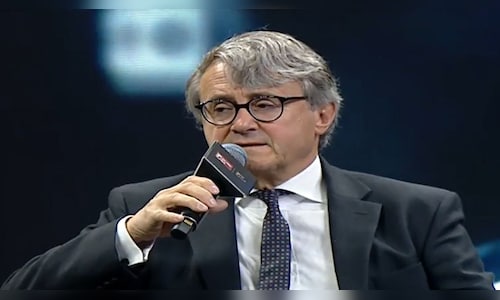[ad_1]
Coombs said valuations played a major role in the fund outflows, as India’s stock market had become relatively expensive. “China is just a whole hell of a lot cheaper. And India got so expensive in relative terms globally, not just against China,” he said.
China’s aggressive policy moves also contributed to the shift, he noted. “The monetary policy bazooka in China was fired in September. They are getting serious about the fiscal… Eventually, you will get some level of growth coming back.”
Also Read | Trump less focused on Wall St this term: Nomura
However, India is regarded as one of the most significant economies in the world in the future over the next 20-25 years. Global institutional investors are increasingly considering India as a separate asset class, rather than just part of broader emerging market (EM) funds.
He believes this trend will accelerate over the next five to ten years. “Any serious global investor will have to have money in India more or less from five years’ time.”
Addressing broader risks, Coombs said a US recession is possible but not likely in the next three months, and expects interest rates to sit in a narrow band with limited Fed rate cuts.
India will remain relatively shielded on tariffs, as many of its key exports “are pretty hard to tariff, equal to start producing them in America.”
Also services tariffs are not there at the moment, which is a good thing for India as it means the relative cost still stays pretty cheap.
Also Read | Raamdeo Agrawal’s advice: ‘Don’t hesitate to start buying if…’

For the full interview, watch the accompanying video
Catch all the latest updates from the stock market here
[ad_2]
Source link










